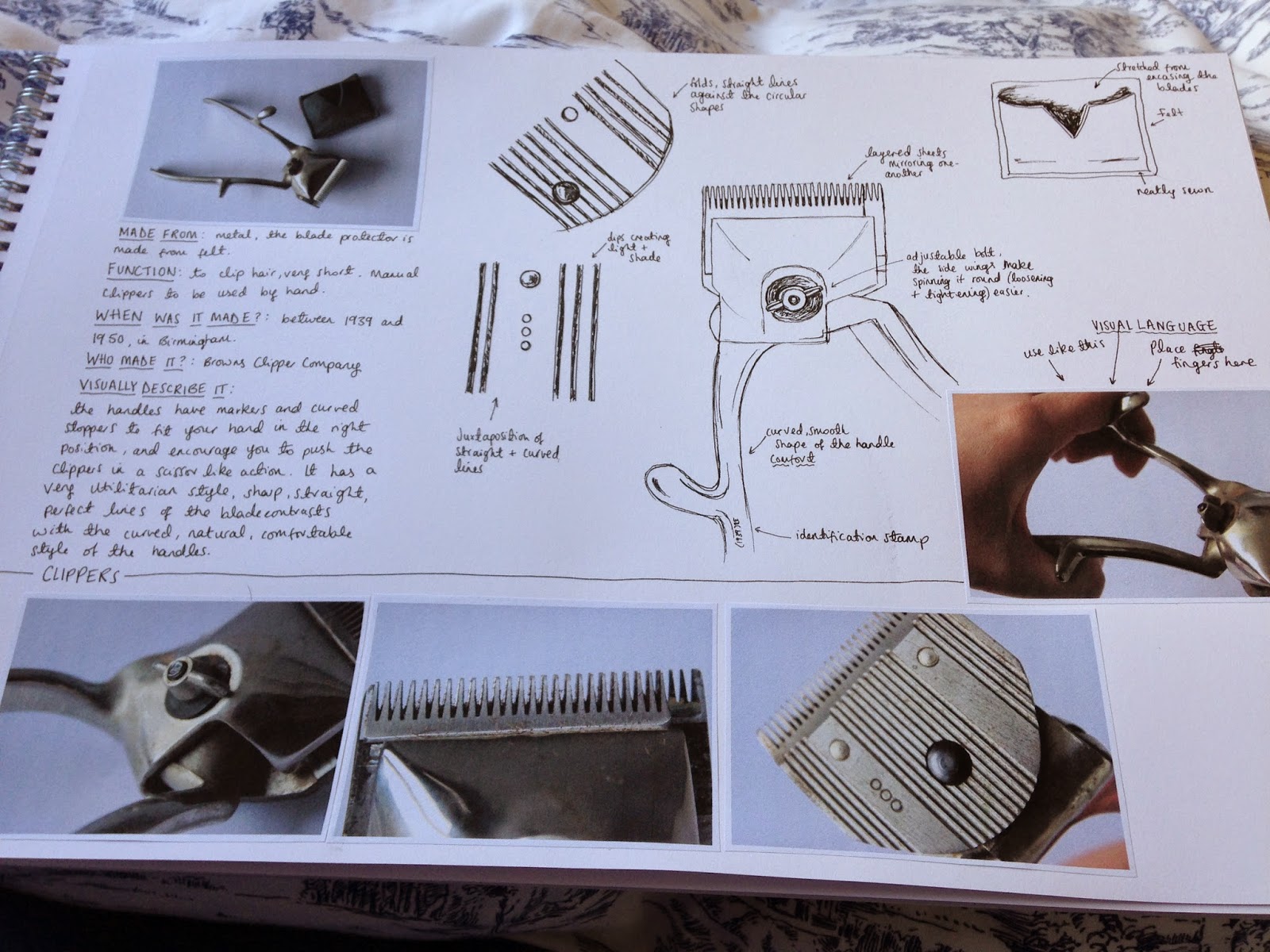The Professional Platforms unit is great opportunity to push
my practice and myself into the ‘real world’, through a practical project,
research context, work experience and general interactions with an external
partner. The unit runs from now until the end of the MA and we were given
several projects to choose from. The project I have chosen to take part in is a
teaching experience - Unit X, run for the BA students. Having always wanted to
teach once I finish my own education, I thought it would be the perfect chance
to discover the ins and outs of teaching at HE level. Also, as a past student
that has taken part in Unit X for the last three years, I have a definite level
of understanding from a student perspective and I am familiar with how the unit
is run.
The specific course I am involved with is called Whitworth Limited Editions, aimed a
students who are interested in becoming self-employed, working to create
products in response to particular client and audience. After meeting up with
course leaders Cj O’Neill and Sally Morfill we discussed where I would be able
to help out and what my responsibilities would be...in a nutshell I am acting
as a general teaching assistant or ‘extra pair of hands’ and I would also be
required to document activities for the Unit X blog. I am really happy to have
found a project that I will genuinely be able to learn a lot from, not only
teaching and workshop management techniques but also gaining an insight into
how units and projects are put together.
I have had a fairly heavy involvement with the introductory
week; following an introductory lecture to the brief, the students began with a
hands-on, drawing and making session. The aim of the day was to get them generating
a range of ideas for potential project starting points, encouraging them to
work is cross discipline groups, utilising each other’s different specialisms
and skills.
At first I was a little worried about the amount of students
we were working with in one space - 70! However once we got the group sat down
in tables of 8 it was a lot less intimidating, wandering round asking how they
were getting on and what they thought of the brief. I found it really unusual
and interesting, as I still remember so clearly being in the same position a
couple of years ago, I think its sometimes nice as a student to talk to someone
who isn’t a tutor, and is a similar age, yet can give you first hand advice
that isn’t patronising.

In their allocated groups, the students began the creative
process by constructing a list of words; five words that related to The
Whitworth and five action words that related to a material, such as tear, weave
or fold. From these words, they produced a series of timed two and
three-dimensional drawings using a wide range of found materials provided. The
next phase was to start thinking in a more product, problem-solving way. In
groups of 4 or 5, the students were asked to design a container for an item of
food; they had to select and assemble the materials that should be utilised,
then without making it, develop a set of instructions to visually explain how
to make this container.


It was great to see how the tutors adjusted the session as a
result of the students reactions to each task; there was a basic plan of the
day that all staff had received prior to the launch, but we found that when the
students were asked to work alone, the room was very quiet, then once they were
working in pairs or small groups, the noise level raised, they were conversing...so
from then on, the students only worked in groups. Small adjustments like this
made the day much more creatively rich as the students were loosening up and
enjoying themselves. Showing that even though a plan has been made, it can
always be adapted, allowing the session benefit all involved.
After the day I was asked to write a post for the
Unit Xblog, I included a brief summary of the day and some photographs I had taken
during the session. I made sure that during the day I made lots of notes and
took plenty of photographs to help me remember what had happened. Some of the
final containers that the students had made were really interesting and exciting;
I kind of wished I were sat there with them doing the task myself!
The next and very important session I helped with was the
introduction to the
Whitworth, including a guided tour around all that the
gallery offers; the two shops, the work exhibited in the gallery, the
collections and the surrounding park. It was my first visit since the building
had been refurbished, and although the place isn’t quite complete, I was really
impressed. All the guides were clear to state that the new brand they are
trying to create is based on playful, personal and intelligent work. Everything
presented in the gallery and shops has been meticulously considered, right down
to the fixtures and fittings.

During the day, again, I acted as a general assistant.
Making sure that all the students were in the correct groups and knew where
they had to be for each section of the day. I also documented as much as I
could, taking photographs and making notes - I could only stay for half the day
as I had other MA commitments in the afternoon. I could tell the students
really enjoyed the day, there was so much information given to them, I’m sure
they had lots of information buzzing around in their heads about potential
ideas for their projects. I’m looking forward to the peer/post-it review next
week to see how their thoughts are materialising.
 |
| Cornelia Parker 'Cold Dark Matter: An Exploded View' |


















